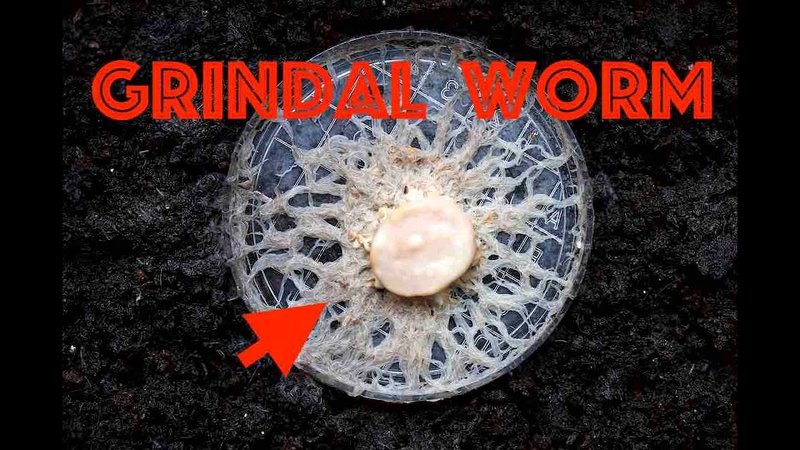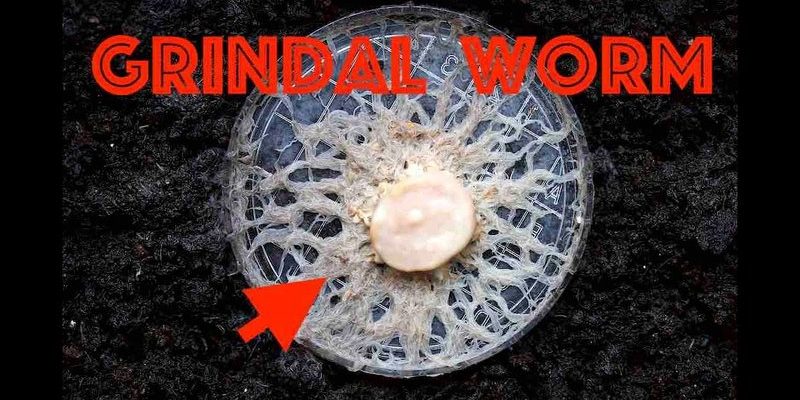
Grindal worms, or *Enchytraeus buchholzi*, are often compared to their more famous cousins, like white worms and mikaworms. They have a unique distribution around the globe, and understanding where they thrive can help aquarists and animal caretakers alike. So, let’s explore the documented range and distribution of these fascinating little worms together.
What Are Grindal Worms?
You might be wondering what exactly makes Grindal worms tick. These tiny, segmented worms are typically around 1 to 2 inches long and can be a creamy white color. They like to live in damp soil and can reproduce rapidly, making them popular among fish keepers looking for a live food source. Their ability to thrive in various conditions makes them quite versatile.
Grindal worms have a high protein content, which makes them an excellent food option for young fish and fry. This protein helps fish grow healthy and strong. They also have a slightly different texture compared to other food options, like flake or pellet feed, which can entice finicky eaters. Imagine your favorite dish at a restaurant; the variety in texture can make a world of difference!
Where Are Grindal Worms Found?
Grindal worms might seem small and unassuming, but their reach is surprisingly broad. They are primarily found in Europe and North America, but their habitat preferences mean they can be spotted in various other regions as well. They thrive in cool, moist environments, which is why you often find them in gardens or under piles of decaying leaves.
Interestingly, their adaptability allows them to be cultivated almost anywhere, as long as the conditions are favorable. Places with rich organic matter, like compost heaps, can also host these worms. This adaptability is part of what makes them a reliable option for aquarists across the globe. It’s like finding a delightful little restaurant wherever you roam!
Habitat Preferences of Grindal Worms
The ideal habitat for Grindal worms is quite specific but can be recreated easily. They prefer cool temperatures, ideally around 60 to 70 degrees Fahrenheit, and a moist environment that is rich in organic material. Think of it as their cozy little home where they can munch on decomposing leaves and other organic scraps.
To cultivate these worms successfully, you’ll want to provide them with a well-draining substrate, often a mix of soil and peat moss, to keep moisture in without drowning them. By maintaining these conditions, you can create a mini ecosystem in your home, allowing you to harvest fresh worms whenever you need them. This kind of setup can make you feel like a proud gardener who’s growing a personal stash of gourmet food!
The Global Impact of Grindal Worms
Grindal worms play a more significant role than just being fish food; they contribute to the ecosystem in several ways. As they break down organic material, they help improve soil structure and nutrient availability. This nutrient cycling supports plant life, and in turn, creates a thriving environment for various creatures.
In addition, their presence in composting systems helps reduce waste and promotes sustainability. By utilizing these worms, you’re not only providing food for your fish but also contributing to ecological balance. It’s like having a joint venture where everyone benefits!
Tips for Cultivating Grindal Worms
Ready to start your Grindal worm journey? Here are some tips to help you create a thriving culture:
- Choose the Right Container: A shallow container with ample surface area is best. This allows for better airflow and increases the area where worms can feed.
- Maintain Moisture: Keep the substrate damp but not soaking wet. Overwatering can drown the worms.
- Feed Wisely: Use organic materials like vegetable scraps to feed them. Just make sure not to overfeed to avoid mold growth.
- Harvest Regularly: Use a sieve or fine mesh to collect worms without disrupting their home too much.
Following these simple steps will make your worm-raising venture rewarding. Not only will you have a constant supply of fresh worms, but you’ll also enjoy watching your little ecosystem thrive.
Challenges and Solutions in Grindal Worm Cultivation
Cultivating Grindal worms isn’t without its challenges. One common issue is mold growth, which can occur if the substrate is too moist or if there’s excess food lying around. Here’s the thing: if you notice mold, reduce your feeding amounts and improve airflow. It’s all about finding that balance!
Another issue is temperature fluctuations. High temperatures can harm your worms, so keeping them in a cool, stable location is key. If you’re in a warmer climate, consider keeping them in a climate-controlled space or even a basement if possible.
Lastly, strength in numbers matters. When starting a culture, it’s beneficial to have a good number of worms to ensure breeding success. If you’re struggling to grow enough worms, try merging cultures or sourcing worms from a friend or local shop. Sharing the worm love can lead to better results!
In conclusion, Grindal worms are more than just tiny food sources for fish lovers; they’re an essential part of ecosystems, contributing to sustainability and nutrient cycling. Their documented range spans various countries but can thrive in many environments thanks to their adaptability.
By cultivating Grindal worms, you not only provide healthy snacks for your pets but also create a mini-ecosystem in your own home. Whether you’re a seasoned aquarist or just starting, these little worms are a fantastic addition to any setup. So grab your container, get ready to dive into the world of Grindal worms, and enjoy the many benefits they bring!

